Which font: Print, Italic, or Cursive?
When we begin our own primary (ages 3 to 6+) classrooms, we need to make a decision about our sandpaper letters and movable alphabet--which font do we choose? But, many of us inherit a classroom and must use the font we have. Or, we must follow the culture of our school so there is consistency from room to room. In any event, this is a topic Montessori guides consider deeply.

Unfortunately, I have not been able to find any specific, convincing studies that directly answer the question of which font is preferred. This is why Maitri Learning offers our movable alphabets in all three of the fonts commonly used for the sandpaper letters.
The question of font, however, has been indirectly answered. Stanislaus Dehaene, the neuroscientist who wrote Reading in the Brain, has looked into this issue. His and other MRI research demonstrates that cursive handwriting uses different parts of the brain than manuscript (print) writing--the parts involved with gestures. So if we teach the cursive sandpaper letters, we are forging a link between the gestures area of the children's brains (a critical part of the reading network) and their visual word form area. From a neural network perspective, that may be quite beneficial.
So, with this in mind, I would err on the side of cursive. Cursive is easier to write at the word level than manuscript or italic because you don't have to pick up and drop your pen again and again (that adds a high level of difficulty). It also clarifies segmenting,... letters that go together are physically connected to each other. This physical connection of letters can also aid in aligning letters on lines.
But sometimes we have a student who doesn't seem to be able to write cursive letters. If this has happened to you, rather than questioning the font, I would look towards your handwriting preparation work (see our blog post on handwriting for more information). Are the child's hands strong from practical life work? Was the child a regular finger-tracer of the geometric cabinet? Is the child careful when stick-tracing the botany cabinet? Is she precise and able with the metal insets? Is she writing her movable alphabet creations on the chalkboards? Was she given a pencil too soon? There are many precise activities we draw the children to so they can prepare their hand for the pencil. Look in your planning and observations notes to make sure their preparation was truly complete. If not, simply back up and fill in the blanks.
When it comes time to read, handwrite your phonetic object box slips in cursive but then, believe it or not, you can use print for your prepared labels. The children can usually make this 'leap' to reading a new font without any direct preparation. From this point on, you can do your reading work in print but all your handwriting work remains cursive. This approach effortlessly guides children to be 'bilingual' in reading both of the fonts English requires.
Montessori taught that when the proper preparation is done, children spontaneously 'discover' that they can write. In the Children's House, it is our duty to provide all of the causes and conditions that will free the children to write but we never directly teach them to write. This indirect preparation can be quite difficult for we adults to relax into. Our culture, in particular, is burdened by tremendous pressure to directly teach everything and to make sure children are 'performing' age-appropriately. This cultural attitude has criminally reduced the wondrous mystery of childhood to a checklist.
Your scientific observations of the children can help here. Look carefully at their hands while they are doing all kinds of activities. Look to see if their whole body is involved in the trace of the cursive letters. Observe for evidence of a love of language and an appreciation for the handwritten word. If your observations confirm that the proper preparation has been done, wait. At some point, the children will communicate without saying anything at all--they will discover that they can write. And then, no one can stop them.
________________________________
Chalkboard photo copyright 2016 by Jenay Boggs, Memphis, TN. Used with permission.

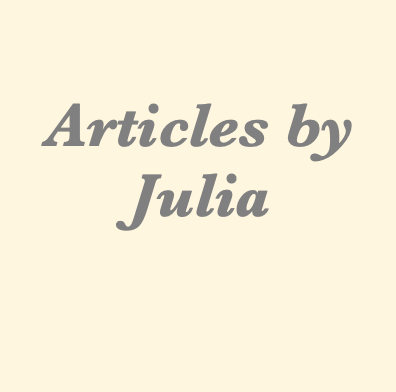
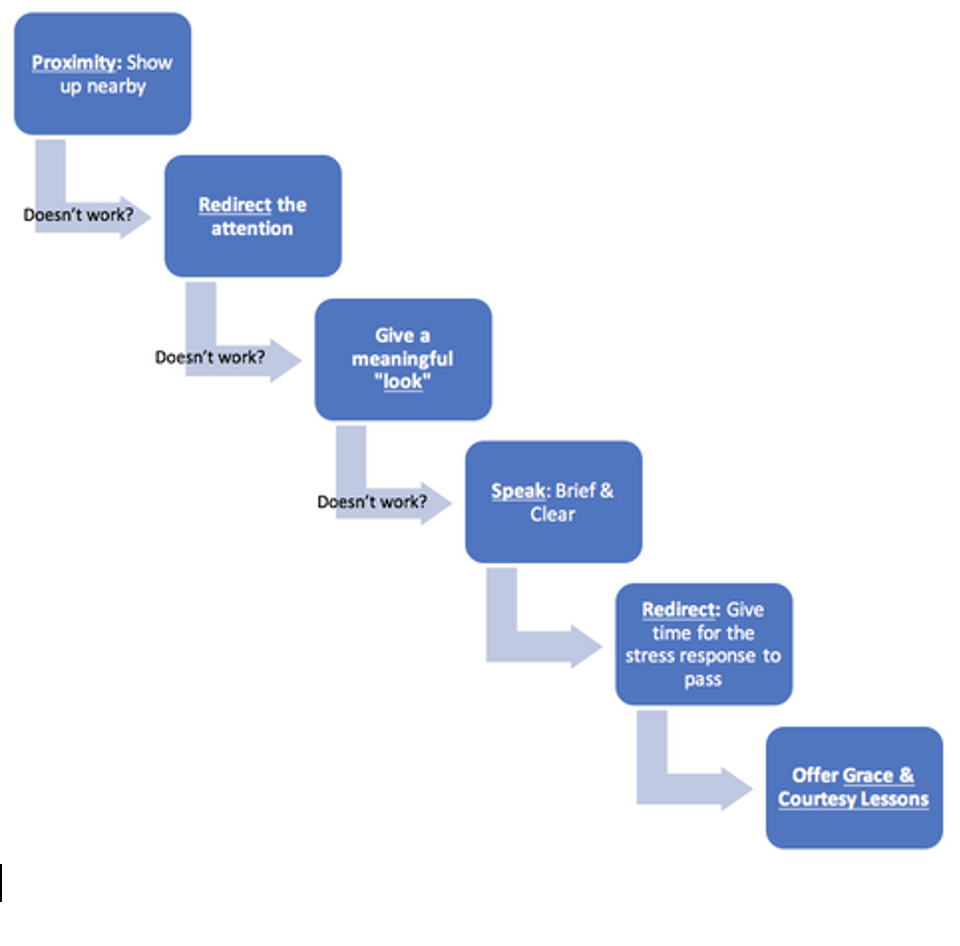

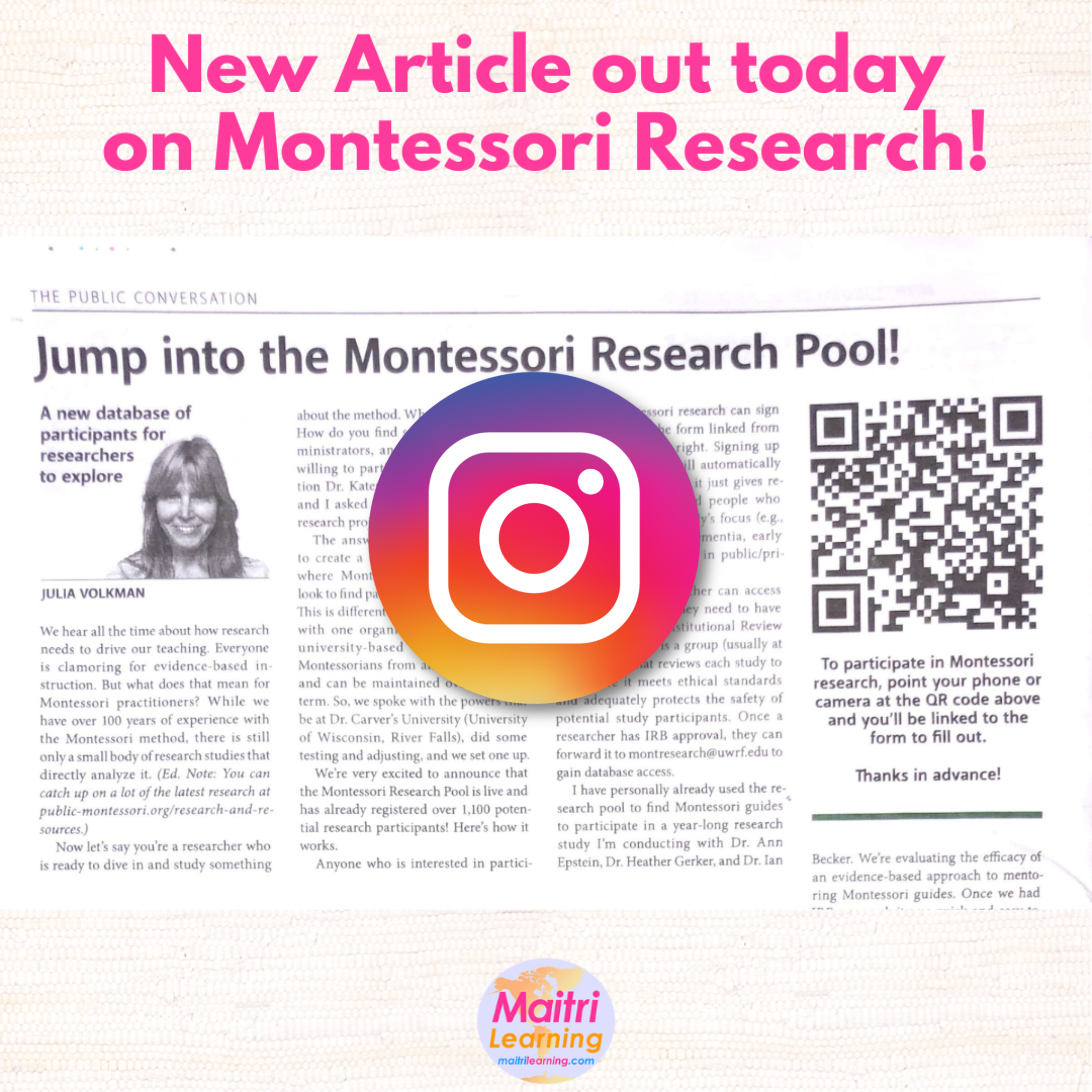

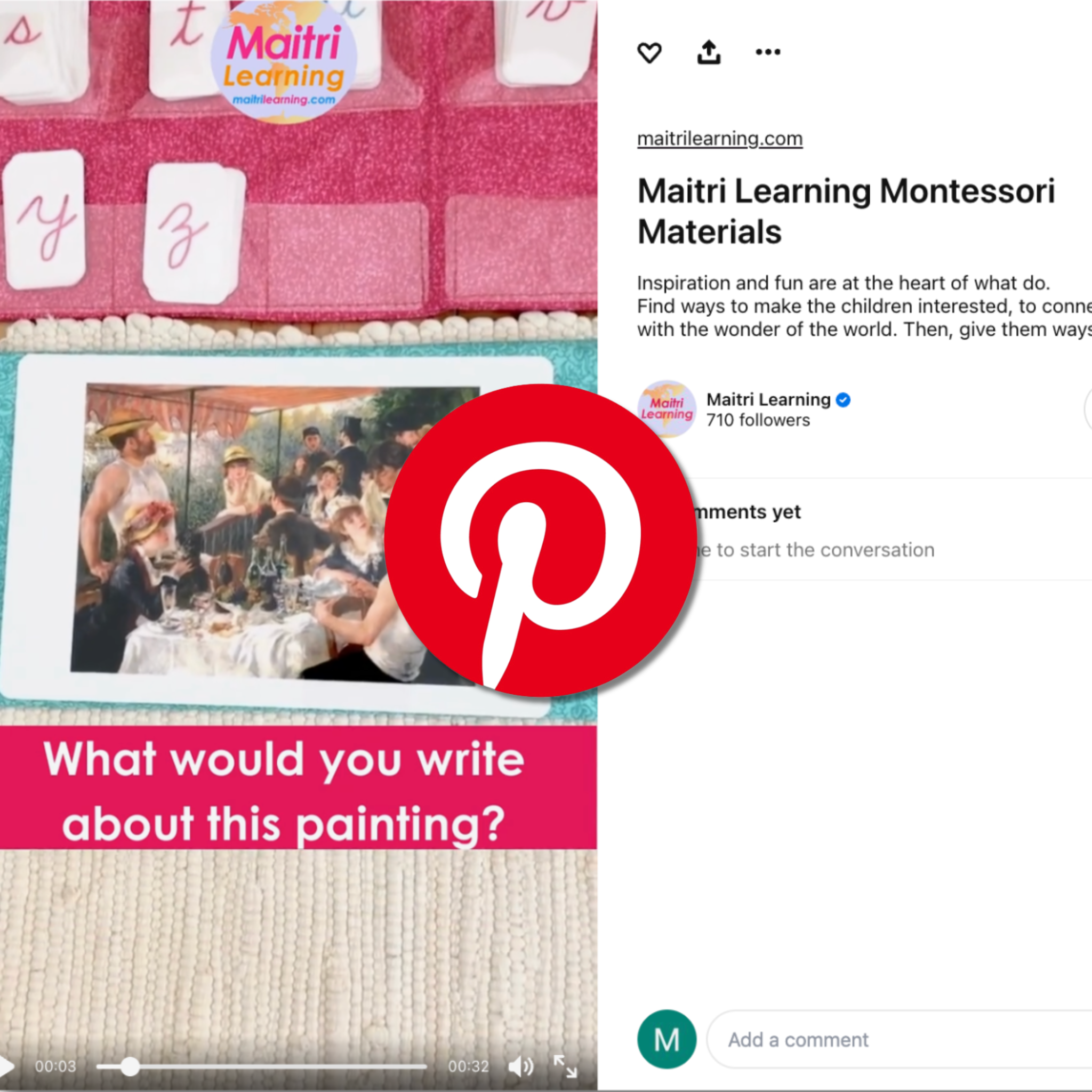
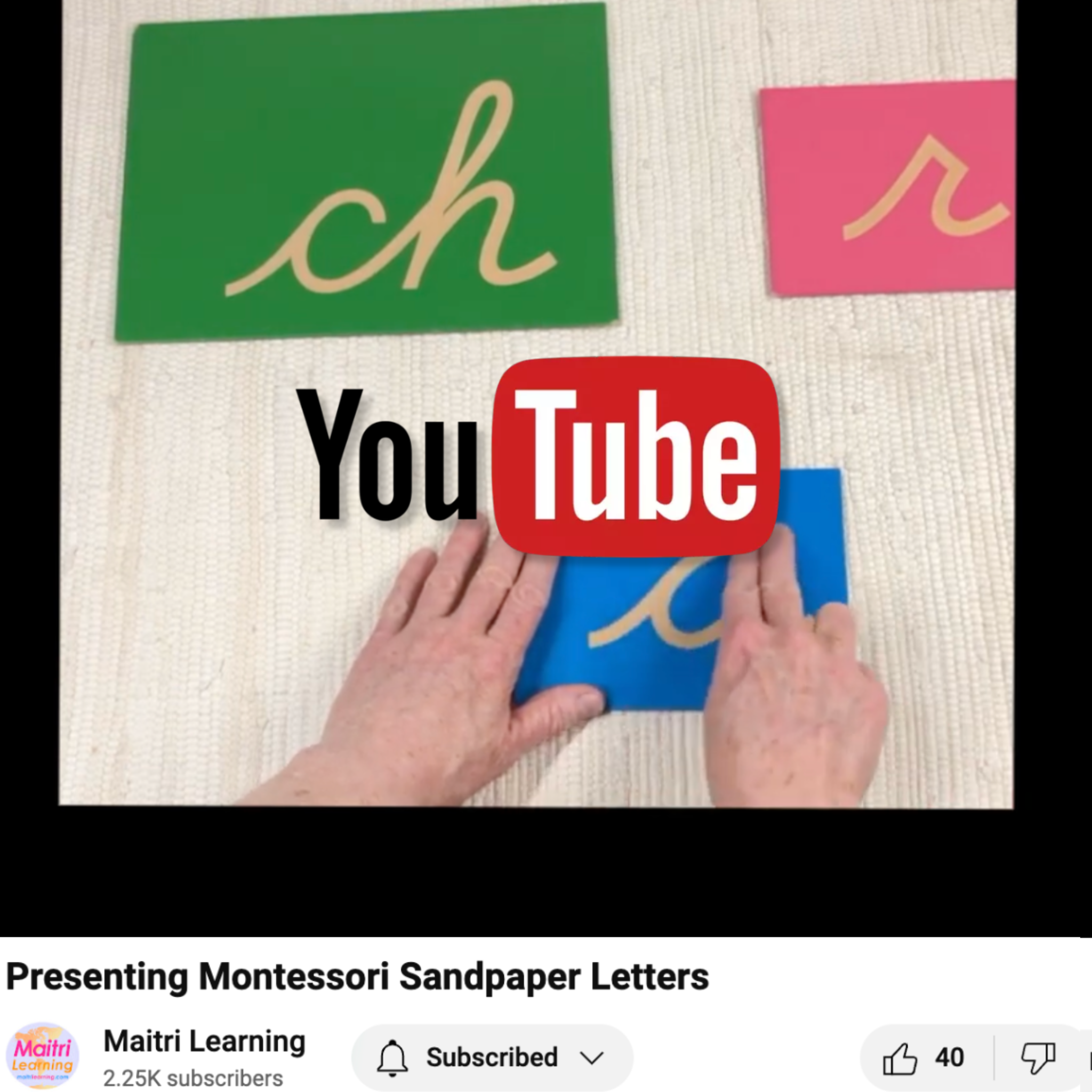
2 comments
Margit, what a wonderful story. I am amazed again and again by the power of the young mind. With the right preparation and opportunity, the possibilities are limitless!
Julia Volkman
Great to have the confirmation through scientific inquiry. Just had a student today who is starting to read CVC words…and was afraid/uncertain about reading the cursive moveable alphabet. We explored the alphabet and before he knew it – he was reading cursive. I could tell by the glow on his face he felt pretty proud!
Margit CK Hall
Leave a comment
This site is protected by hCaptcha and the hCaptcha Privacy Policy and Terms of Service apply.